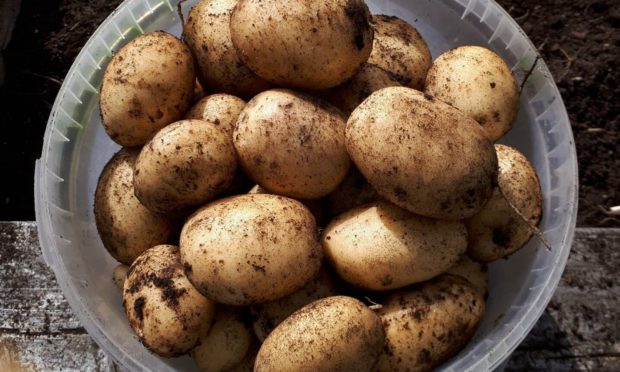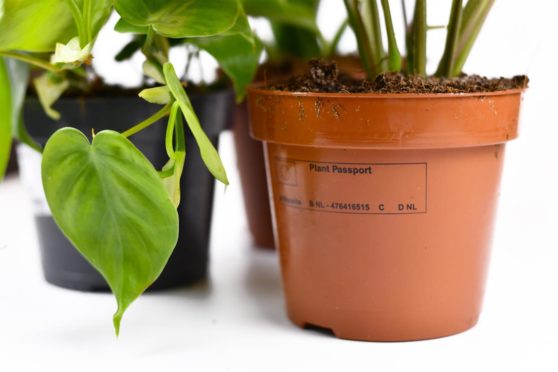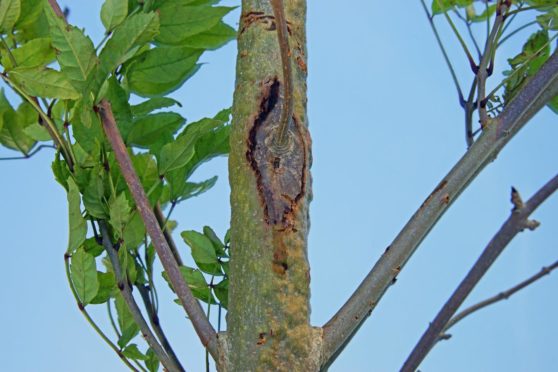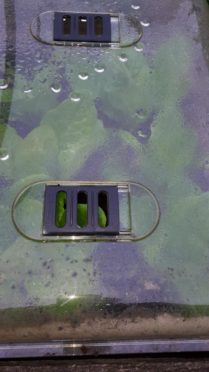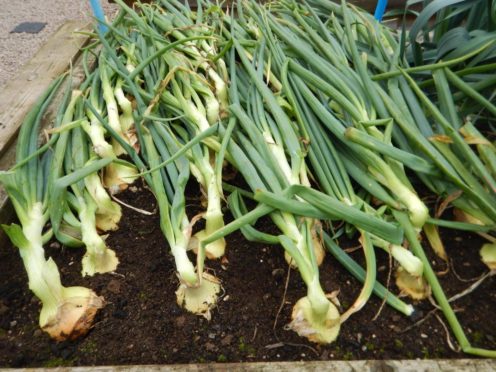From time to time over the last several weeks I have drawn attention to the never-ending press sales adverts with terrific offers of a wide range of plants – shrubs, herbaceous perennials and bulbs.
Presumably this campaign is happening across the entire UK; all I can say to that is wow! That’s a whole lot of plant material – where is it all coming from?
In addition, as well as garden centres, several of the large multiples are “stappit fu” with a wide range of plants in all shapes and sizes of pots. As I sit cleaning off pots of bulbs which flowered last winter, in preparation for re-planting, I have to say, I have been tempted several times.
Being spoilt for choice just as the autumn change over will be upon us is quite obviously clever marketing, and as I said last week, I’m definitely going for one or two of the bulbs. I’ll keep you posted.
Before leaving the subject of autumn sales, a word about passports. The word is constantly being referred to at the moment in relation to the Covid vaccine, but it serves to remind me that plant passports are also being discussed. If plant passports are successful in countering the menace of importing new pests and diseases into the UK, I’m all for it.
I have mentioned this previously – the effect of climate change on the growth of some of our plants is becoming more evident, but it is just something that we have to live with, on the positive side, it may enable us to grow a range of plants from further south outdoors, that we never could before.
Let us not forget, however, that the same changes could benefit a range of pests and diseases which we have never had to deal with before. Do you remember the Ash Dieback story? Still rampaging through parts of the country, this disease has decimated Ash tree populations across the country’ most noticeably where it has been the most prominent species, huge gaps now visible tell the sad story.
To get to my point – the disease had been recognised in Germany 12 years previously. Yes, 12 years; but young Ash plants were still being imported into Britain over the intervening period. Bring on the plant passports say I.
Bulb cleaning
Back to that leisurely job of cleaning off bulbs which flowered in pots last winter and spring. If any of them are damaged in any way – they are for the compost bin. Otherwise, having been cleaned off, the little “bulblets” around the base plate of some hyacinths can be removed.
Enthusiasts might “sow” them in pots or in a spare corner of the garden to allow them to develop to flowering size, but it does take a year or three. Good luck. I will set aside the healthy and firm full-size bulbs for planting in a mix with other spring-flowering plants in a week or two’s time.
Garden visitors
I tend to stick to matters horticultural each week, not going into the wider “animal” world other than pests and diseases. Other occupants of our garden – birds, bees and sundry four-legged creatures are welcomed. That said, we take great delight in looking after the visitors with bird boxes and feeders strategically placed so that they can be seen from several house windows, providing engaging passing moments.
I should say that we have a regular visit from a red squirrel, and among the usual range of birds – a pair of ring doves and a woodpecker. In recent weeks, however, like over-exuberant children, some of our feathered residents have taken to my vegetable raised beds, feeding voraciously on young seedlings.
For example, I do try to keep a regular supply of Little Gem lettuce going – sown in the glasshouse, then planted out, but it would now seem to provide a lovely change of diet for all manner of budgies.
In recent weeks I have taken to using little plastic cloche covers, normally utilised in the greenhouse to cover the young plants. I lifted the last of my Casablanca potatoes at the weekend, they are now stored in the garage.
The onion foliage has been bent over at the neck, the first stage of the “curing” process. This week I will ease them out of the ground to break the roots off.
They are a little disappointing in size this year due to shortage of water earlier on – my fault entirely – nonetheless, they will gradually firm up ready for storage in another two to three weeks’ time, having been beautifully sun-burned in the interim!
If the weather turns dull and wet for a while, they will be lifted PDQ and spread out on the greenhouse bench till the leaves die back completely.
